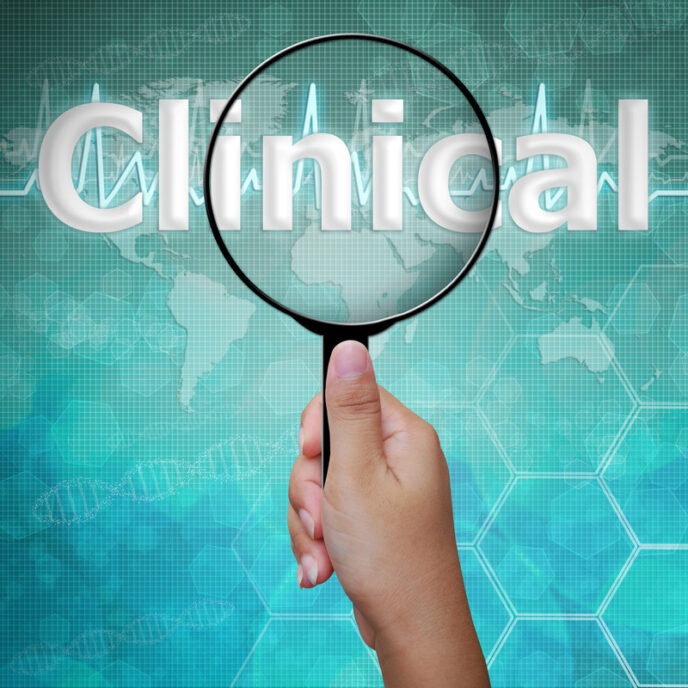
Is the FDA Early Feasibility Studies Program right for you?
Are you a manufacturer of a medical device that is in the early stages of development interested in gathering clinical data in the United States? Your device design will likely change, but the information needed is best gathered through clinical experience as opposed to non-clinical testing.
You investigate the regulatory path and discover that your device is of significant risk. It will need FDA approval via an Investigational Device Exemption (IDE). This IDE will require preparation of a regulatory submission including design and production information and a considerable amount of pre-clinical testing. That process feels daunting and burdensome. Perhaps it’s time to consider setting up a study in another part of the world for less money and less hassle.
But wait…
Maybe the Early Feasibility Studies (EFS) Program is a good option.
The EFS Program was developed in 2013 by the FDA’s Center for Devices and Radiological Health (CDRH). It gives manufacturers a route to cooperate with the FDA and clinicians and work towards early clinical evaluation of a device in development. The FDA not only recognizes a need to streamline the device development process, they also want to give U.S. patients access to innovative, safe and effective medical devices. They want to encourage device developers to innovate and develop at home instead of abroad.
Manufacturers can receive IDE approval with less stringent requirements for non-clinical studies and more regulatory flexibility. The EFS Program requires increased manufacturer collaboration with the FDA, a detailed device procedure, and performance and basic safety controls that can mitigate failure modes and hazardous situations. Benefit-risk principles remain key for approval.
A guidance document on the EFS Program was released in 2013 [1]. Since then the FDA has a seen a steady number of manufacturers go this route. Last winter, the FDA published a webpage dedicated to the EFS Program and how it is used within the regulatory framework. The page provides clarity on how manufacturers can submit IDEs under the program.
High level steps and considerations:
- Determine if your medical device is a Significant Risk (SR) or Nonsignificant Risk (NSR) device. The FDA has a guidance document to assist with that determination [2]. Keep in mind that you will still need approval through the IRB (Institutional Review Board) affiliated with your study institution. An IRB is a formal group that is designated to review and monitor biomedical research involving human subjects. Also, an IRB has the ability to recommend that your device is of Significant Risk and thus requires an IDE.
- Initiate communication with the FDA on the EFS Program by contacting an EFS Program representative. They provide administrative help with the program and submission preparation. Look to the original EFS Program guidance document [1] and the FDA webpage for more information [3].
- Consider gaining further feedback on the contents of the IDE submission through a Pre-Submission meeting. Valuable and time-saving feedback can be gained on the clinical study plan and any necessary pre-clinical testing. At this stage the focus of pre-clinical testing is on safety.
- Complete the IDE Application to formally initiate the EFS Program.
The EFS Program is a great option if you are in early stage development and looking to advance your program by gathering data. You may no longer need to conduct early clinical studies abroad.
Deborah Pinchev is a StarFish Medical QA/RA Manager in the Toronto office. She was inspired to write this blog by her interest in helping companies develop and bring to market new and innovative devices.
(c) 10824357 kritiya / Can Stock Photo